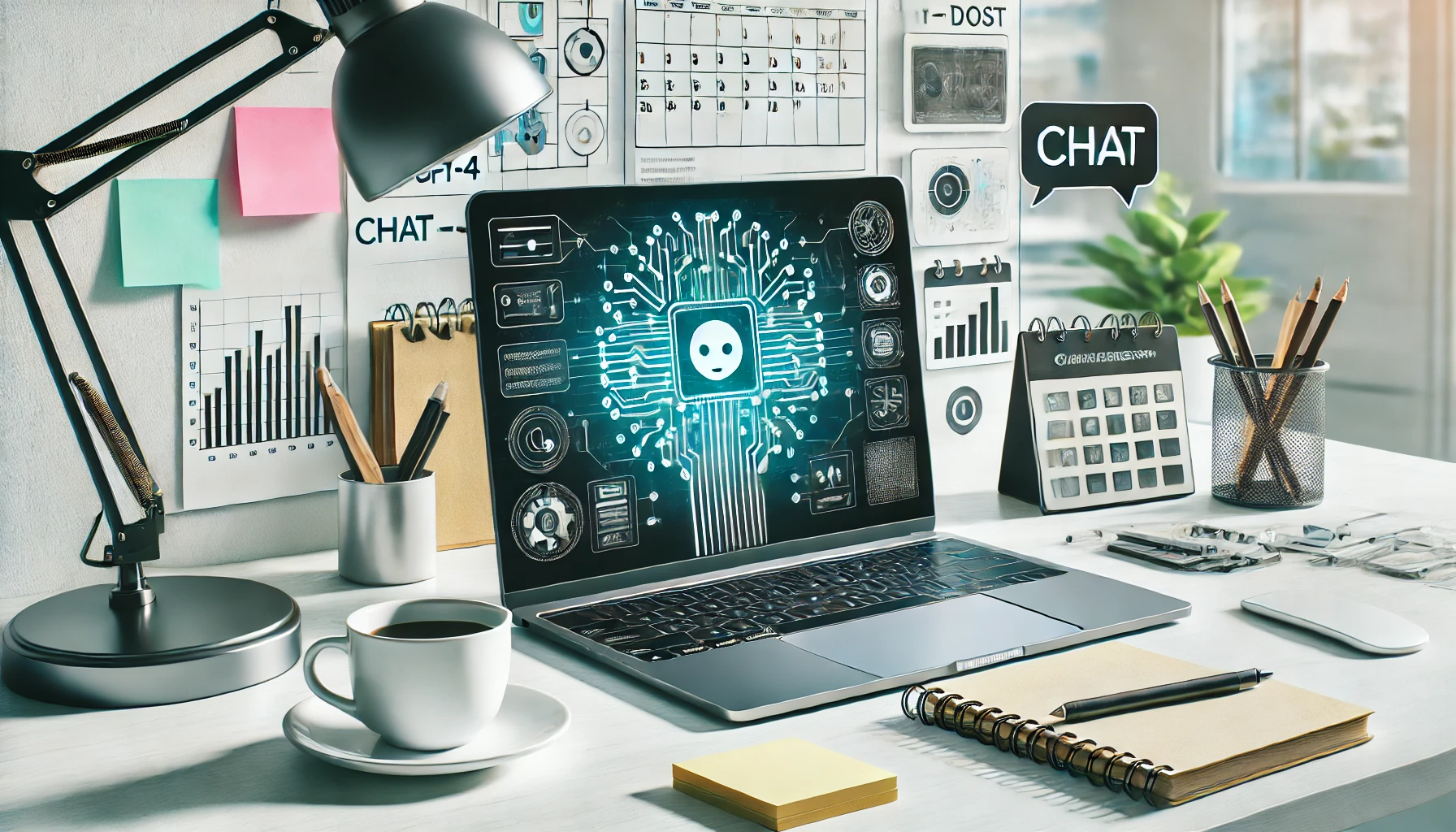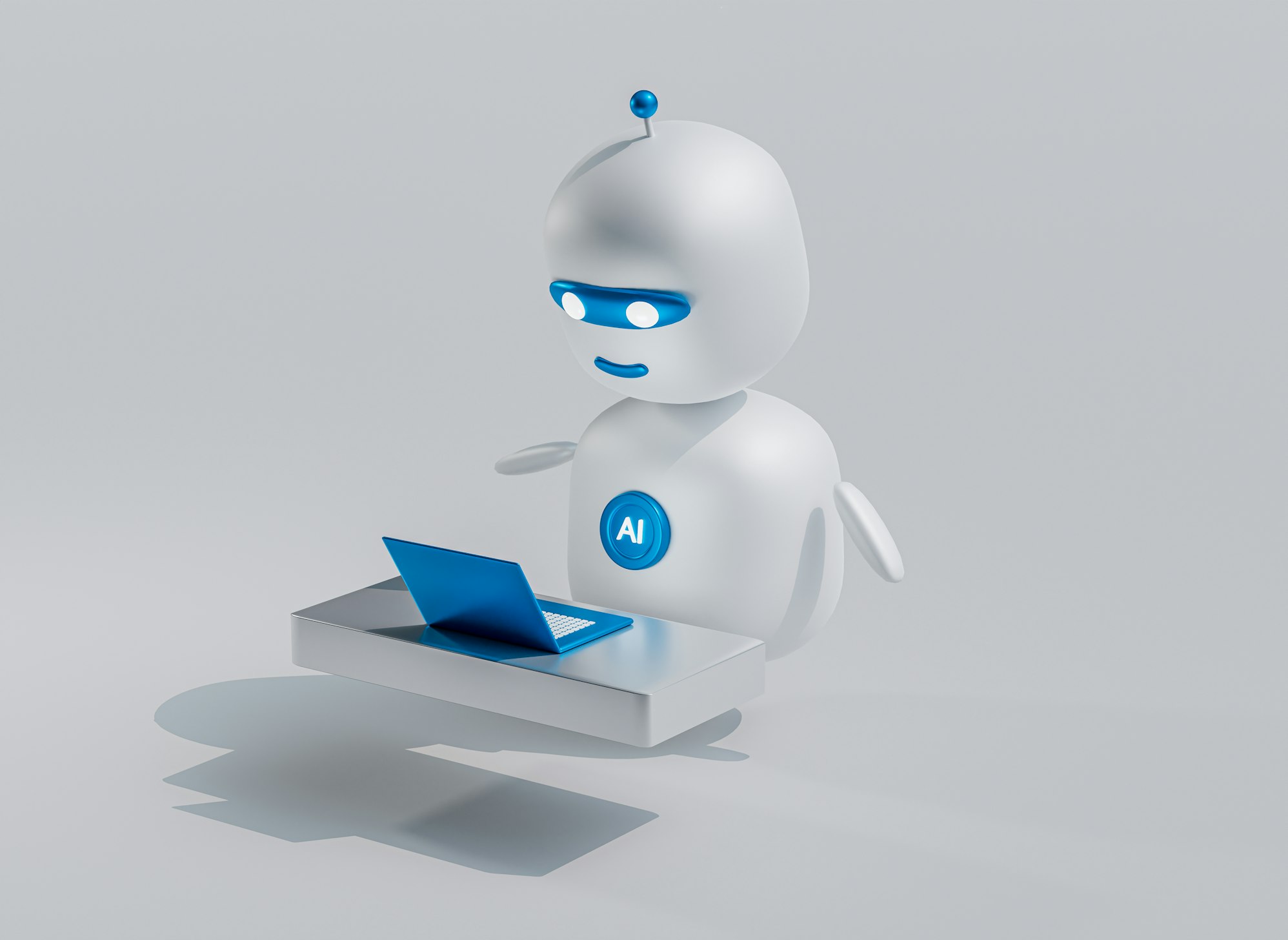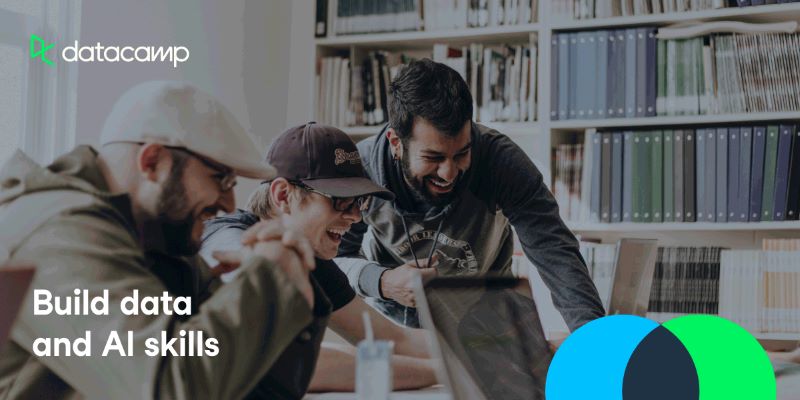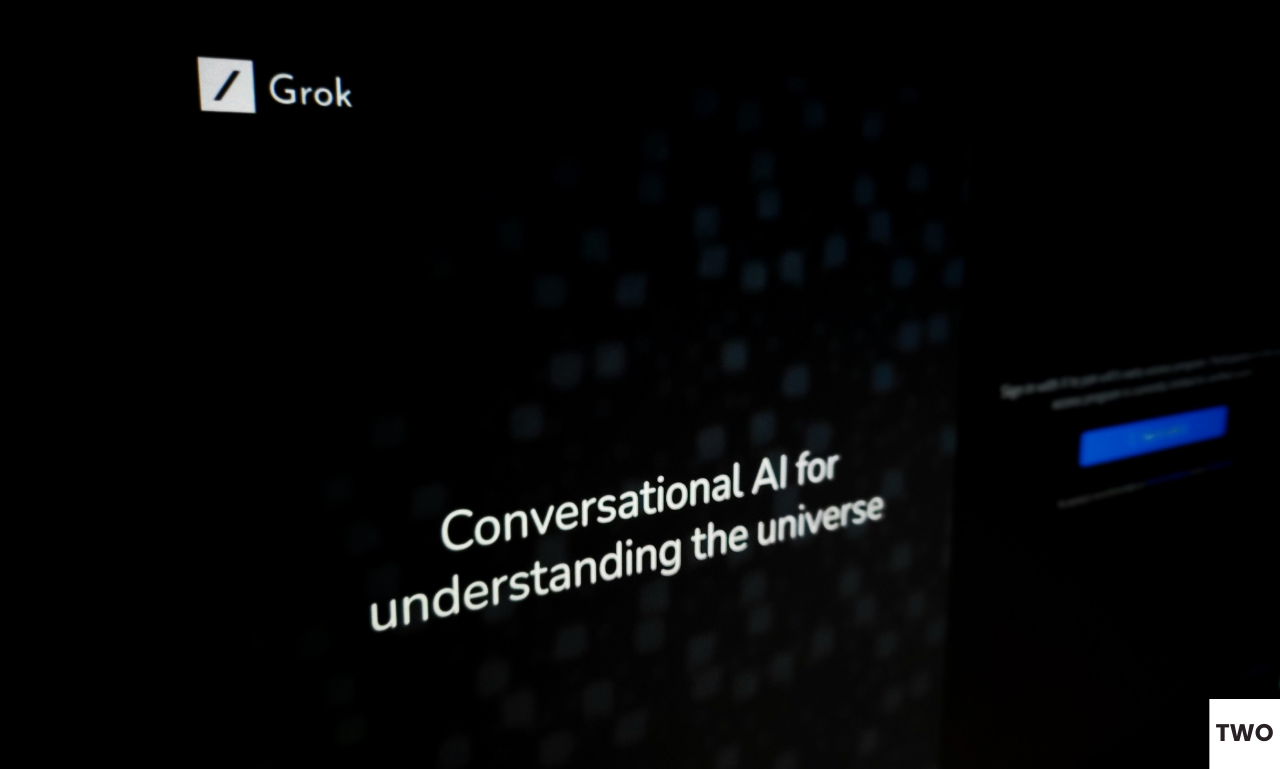Build Data and AI Skills with DataCamp!
Join NowArtificial Intelligence

NVIDIA Unveils Free AI and Deep Learning Courses: A Limited-Time Opportunity
NVIDIA is offering free access to select self-paced courses from their Deep Learning Institute (DLI), but only for a limited time. Whether you're a data scientist, developer, or simply looking to expand your skills in AI, now is the perfect opportunity. These courses cover various topics such as accelerated computing, generative AI, data science, and deep learning, all taught by industry experts using real-world tools and frameworks.
NVIDIA’s DLI courses provide hands-on experience through GPU-accelerated servers in the cloud, allowing users to tackle complex AI projects. Completing certain courses also grants you an NVIDIA DLI certificate, boosting your professional credentials.

In addition to individual learning, organizations can access enterprise-level training solutions, with custom bundles that include instructor-led workshops and live training options.
Whether you're a seasoned developer or an AI enthusiast, this free opportunity to access high-quality, technical training from one of the leaders in AI technology is not to be missed.
Sign up now to start your learning journey and enhance your career prospects!

Meta’s New AI Video Generator: Redefining Filmmaking with Movie Gen
Meta is making waves in the AI space once again with the introduction of Movie Gen, a cutting-edge video generator that can create short, highly detailed videos from simple text prompts. This latest venture into generative AI marks a significant leap in AI-driven content creation, directly challenging competitors like OpenAI’s Sora and Runway’s Gen-2. Movie Gen stands out for its ability to seamlessly merge video and audio generation, a feature that positions it as a game-changer in AI-assisted filmmaking.
What is Movie Gen?
Movie Gen is Meta’s newest AI model designed to generate realistic videos from text descriptions. It allows users to create 16-second video clips, which can be upscaled to 1080p resolution. One of its most exciting features is the personalization option, where users can insert reference images into the video, essentially placing themselves—or any subject—into the generated scene. Meta has showcased examples where people are depicted in a variety of creative settings, such as surfing or painting on a canvas, offering a glimpse of the tool's versatility.
Key Features of Movie Gen
Text-to-Video Generation: Users provide a simple text prompt, and the AI produces a high-definition video. This includes fully rendered scenes with objects, backgrounds, and characters acting according to the user's description.
Text-based Editing: Movie Gen allows for post-generation customization. Users can modify specific elements of the video, such as changing a character’s outfit or altering the environment. Even camera movements like pans and zooms can be controlled through additional text inputs.
Audio Integration: What sets Movie Gen apart is its capability to generate soundtracks that match the video content. For example, a rainy scene will feature the sound of rainfall, or a car in traffic will be accompanied by the sound of revving engines. The AI can also generate background music to set the mood, though it currently doesn’t include human speech.
Multi-Model Integration: Movie Gen uses a multi-model approach, drawing on powerful models for both video and audio generation. The system consists of a 30-billion parameter video model and a 13-billion parameter audio model, ensuring high-quality content generation across both mediums.
Current Limitations
Despite its impressive features, Movie Gen is not without its limitations. Videos are capped at 16 seconds and play at 16 frames per second (fps). While this works for some creative applications, it falls short of standard film quality, which typically runs at 24 fps. At this higher frame rate, the video duration is limited to 10 seconds, which could be restrictive for more extensive storytelling.
Additionally, access to Movie Gen is currently restricted to select professional filmmakers and content creators, similar to how Meta previously handled releases of its advanced AI tools. However, there are plans for a wider rollout in the future.

Potential Impact on the Industry
Movie Gen’s ability to generate hyper-realistic video content has the potential to transform industries ranging from advertising to entertainment. Filmmakers can use the tool to quickly prototype scenes, while advertisers can generate product videos with minimal effort. The combination of video and audio generation in a single platform gives creators more control over the final product, which could streamline the content creation process significantly.
However, with great power comes great responsibility. As the entertainment industry continues to grapple with concerns over AI-generated media, such as issues surrounding copyright and authenticity, it’s clear that the ethical use of this technology will be a topic of ongoing debate.
Competitors and the Future of AI Video
Meta isn’t the only player in the AI video race. OpenAI’s Sora and models from Runway, Stability AI, and others are also vying for dominance in the generative video space. Each of these tools brings something unique to the table, but Meta’s focus on complete media generation—combining both sound and visuals—gives it a competitive edge. As AI technology continues to evolve, we can expect tools like Movie Gen to become integral parts of the creative process, whether in film, social media, or marketing.
Meta’s Movie Gen represents a major leap forward in AI-driven video production, offering creators a powerful tool to generate videos quickly and easily from text prompts. With features like text-based editing, audio integration, and the ability to personalize content using reference images, Movie Gen sets itself apart from its competitors. While there are still some limitations, this tool is likely to become a valuable asset for filmmakers and content creators as access expands in the coming months.

8 Best ChatGPT-4 Prompts to Boost Productivity
In today's fast-paced world, productivity is paramount. Whether you're a student, professional, or entrepreneur, finding ways to streamline tasks and enhance efficiency can make a significant difference. This is where ChatGPT-4 comes into play—an advanced AI tool designed to revolutionize productivity by providing personalized, intelligent support for various tasks. In this article, we explore the best ChatGPT-4 prompts to boost your productivity and make the most out of this powerful technology.
1. Task Management and Organization
Prompt: "Help me create a daily task list for [specific date] with priorities."
ChatGPT-4 can assist in organizing your day by creating a detailed task list. Specify the date and let the AI categorize tasks based on their priority, ensuring you focus on what's most important.
Example:
Help me create a daily task list for July 12, 2024, with priorities. Include work tasks, personal errands, and study time.2. Creative Writing and Content Generation
Prompt: "Generate an engaging introduction for an article about [topic]."
Struggling with writer's block? Use ChatGPT-4 to kickstart your creative process. This prompt can help generate compelling introductions, laying the groundwork for a well-structured article.
Example:
Generate an engaging introduction for an article about sustainable living practices.3. Brainstorming Ideas
Prompt: "Suggest five innovative ideas for [project or topic]."
When you're stuck for ideas, ChatGPT-4 can be your brainstorming partner. This prompt is perfect for generating fresh, innovative ideas for projects, presentations, or business strategies.
Example:
Suggest five innovative ideas for a marketing campaign targeting Gen Z consumers.4. Learning and Research
Prompt: "Summarize the key points of [specific topic]."
ChatGPT-4 can simplify complex information, making it easier to grasp new concepts quickly. Use this prompt to get concise summaries of topics you need to understand better.
Example:
Summarize the key points of the theory of relativity.
5. Email Drafting
Prompt: "Draft a professional email to [recipient] about [subject]."
Save time and ensure professionalism with ChatGPT-4's assistance in drafting emails. Specify the recipient and subject, and the AI will craft a well-structured email for you.
Example:
Draft a professional email to a potential client about our new product launch.6. Meeting Preparation
Prompt: "Outline an agenda for a meeting about [topic]."
Preparing for meetings can be time-consuming. Use ChatGPT-4 to quickly create an agenda that covers all necessary points, ensuring a productive discussion.
Example:
Outline an agenda for a meeting about the upcoming product launch strategy.7. Coding and Debugging Assistance
Prompt: "Help me debug the following code: [insert code snippet]."
For developers, ChatGPT-4 can be an invaluable tool in debugging and optimizing code. Provide the AI with a snippet, and it can help identify and fix issues.
Example:
Help me debug the following code: [insert code snippet].8. Decision-Making Support
Prompt: "List the pros and cons of [specific decision]."
When faced with difficult decisions, ChatGPT-4 can help weigh the pros and cons, providing a balanced view to aid in making informed choices.
Example:
List the pros and cons of switching to a four-day work week.Conclusion
Leveraging ChatGPT-4o for productivity can transform how you manage tasks, generate ideas, and solve problems. By utilizing these prompts, you can streamline your workflow, enhance creativity, and make well-informed decisions. Embrace the power of AI and watch your productivity soar.

World’s First AI Software Engineer is Here - Will This Take Your Job?
In the bustling world of tech innovation, a new player has emerged on the scene: Devin, an AI software engineer developed by Cognition Labs. With the ability to analyze vast amounts of data, identify patterns, and learn from outcomes, Devin can optimize processes and deliver solutions with unprecedented speed. But what does this mean for the future of HUMAN SOFTWARE ENGINEERS? First, let's take a closer look at what Devin brings to the table before separating fact from fiction!
- Coding: Devin can whip up code in various programming languages, from Python to JavaScript, crafting everything from sleek websites to nifty mobile apps.
- Testing: It diligently runs checks on its own work, ensuring everything ticks along smoothly without errors.
- Learning and Adaptation: With the power of machine learning, Devin continually hones its skills, getting better and faster with each project it tackles.
- Collaboration: While Devin is more than capable of handling tasks solo, its purpose is to complement human engineers, boosting team efficiency.
- Complex Task Management: From intricate software engineering puzzles to navigating through countless decision points, Devin can manage it all to align with project objectives.
- Autonomous Problem-Solving: Bugs? Feature requests? Devin's got it covered, effortlessly tackling issues on platforms like GitHub and contributing to mature production repositories.
Collaboration, Not Competition
Let's clear the air: the idea that AI spells doom for jobs is a tad melodramatic. Instead, think of AI as a trusty sidekick. Devin is here to work hand in hand with human engineers, not steal their thunder. It’s about amplifying human potential, not overshadowing it. AI takes care of the grunt work, freeing up human engineers to tackle the juicy, creative challenges.
The Human Touch
Let’s not forget the human element that is crucial in software engineering. Empathy, ethical considerations, and understanding user needs are areas where human intuition and experience are irreplaceable. Devin may be efficient, but it lacks the nuanced understanding that comes with human interaction.
So, is Devin going to snatch your job? Not really! It's just another AI assistant tool that can supercharge your productivity as a software engineer!
Remember, tech is simply a tool. It's up to us to use it wisely and shape a future that's brighter and better for everyone. So, here's to embracing change and building something awesome together!

Master Data Science and AI Skills with DataCamp: Your Ultimate Online Learning Destination
Data is everywhere, and so are the opportunities to learn from it. Whether you want to start a career in data science, enhance your existing skills, or lead a data-driven team, Datacamp has something for you.
Datacamp is an online learning platform that offers interactive courses, projects, and workspace for data science and analytics. You can learn from experts in the fields of Python, SQL, Tableau, Power BI, R, and more. You can also apply your skills to real-world scenarios and showcase your work on your professional profile.
Why Choose Datacamp?
Datacamp is more than just a collection of courses. It is a comprehensive learning experience that helps you achieve your goals. Here are some of the benefits of choosing Datacamp:
- Learn by doing: Datacamp’s courses are designed to be hands-on and engaging. You can practice coding in your browser, get instant feedback, and earn points and badges as you progress.
- Learn at your own pace: Datacamp’s courses are self-paced and flexible. You can choose when and where to learn, and how much time to spend on each topic. You can also track your progress and review your performance on the dashboard.
- Learn from the best: Datacamp’s courses are created by experts and instructors from leading universities and companies. You can learn from the likes of Hadley Wickham, Wes McKinney, and Jake VanderPlas, and get insights from industry leaders and practitioners.
- Learn what matters: Datacamp’s courses are aligned with the most in-demand skills and tools in the data science and analytics market. You can learn the fundamentals of data manipulation, visualization, and analysis, as well as the latest techniques and trends in machine learning, deep learning, and artificial intelligence.
- Learn by doing projects: Datacamp’s projects are real-world challenges that let you apply your skills to actual data sets and scenarios. You can work on projects ranging from analyzing Netflix data, to predicting credit card fraud, to creating a chatbot. You can also share your projects on your profile and get feedback from the community.
- Learn by creating your portfolio: Datacamp’s workspace is a cloud-based environment where you can create and run your own code, notebooks, and apps. You can use the workspace to experiment with new ideas, explore new data sources, and build your own projects. You can also use the workspace to create your portfolio website, where you can showcase your skills, projects, and certifications to potential employers and clients.
DataCamp Popular Courses: Tailored Learning Paths
With a repertoire of over 450 courses spanning data manipulation, visualization, machine learning, and natural language processing, DataCamp ensures you learn the most relevant skills. Some of the platform's standout courses include:
- Introduction to Python: Master data analysis basics in just four hours, exploring the Python interface and popular packages like NumPy and pandas.
- Introduction to SQL: Learn to create and query relational databases in two hours, covering data selection, filtering, aggregation, and table joins.
- Introduction to R: Grasp the fundamentals of data analysis in R, working with vectors, lists, and data frames, and applying knowledge to real datasets.
- Introduction to Power BI: Navigate Power BI basics to create impactful reports, covering data source connection, transformation, chart and dashboard creation, and insights sharing.
Explore more courses on DataCamp's website additional options.
Datacamp Plans and Pricing
DataCamp caters to various needs and budgets with four distinct plans: Basic, Premium, Teams, and Enterprise.
Plan | Feature | Price |
|---|---|---|
Basic |
| |
Premium |
| |
Teams |
| |
Enterprise |
|
As you can see, DataCamp offers a great deal for learners who want to access the full content library and Workspace.
How to Get Started with Datacamp?
Getting started with Datacamp is easy and fast. You can sign up for a free account and start learning right away. You can also take a short skill assessment to find out your current level and get personalized recommendations. You can then browse the course catalog and choose the topics that interest you. You can also join the Datacamp community and connect with other learners and experts.
If you are ready to take your data skills to the next level, you can upgrade to the premium plan and get access to the full content library, projects, and workspace. You can also join the teams plan and learn with your colleagues or classmates. You can also contact the enterprise plan and get a tailored solution for your organization.
Don’t miss this opportunity to learn from the best and become a data expert. JOIN DATACAMP TODAY!
[Last Updated on 02.02.2024]

Elon Musk Unveils Grok - The Latest AI Chatbot to Challenge ChatGPT and Bard
Elon Musk, the billionaire entrepreneur and visionary behind Tesla, SpaceX, Neuralink, and X, has recently unveiled his latest venture: Grok, an artificial intelligence chatbot that aims to compete with ChatGPT, the popular natural language processing model developed by OpenAI.
What is Grok?
Grok is an AI chatbot that can answer almost any question and even suggest what questions to ask. It is powered by a large language model called Grok-1, which is based on the Transformer architecture and trained on a massive corpus of text data. Grok-1 claims to surpass ChatGPT 3.5, the freely available version of ChatGPT, on several benchmarks such as solving middle-school math problems and generating coherent texts. However, it still lags behind the most powerful ChatGPT model, ChatGPT 4, which is only accessible to a select group of researchers and companies.
Grok is not just a typical chatbot that provides factual information or performs simple tasks. It is also designed to have a bit of wit and a rebellious streak, inspired by The Hitchhiker’s Guide to the Galaxy, the cult sci-fi comedy by British author Douglas Adams. Grok can answer questions with humor and sarcasm, and sometimes even challenge the user’s assumptions or opinions.
For example, when asked for a step-by-step guide to making cocaine, Grok replied with a list of instructions that ended with a disclaimer: "Just kidding! Please don’t actually try to make cocaine. It’s illegal, dangerous, and not something I would ever encourage."
How to use Grok?
Grok is currently in early testing and not available to the general public. However, Musk announced that Grok will be made available to premium subscribers on his social media platform, X, after the testing phase is over. X, formerly known as Twitter, was acquired by Musk in 2022 and rebranded as a platform for “radical innovation and free expression”. X Premium Plus is the top-tier subscription service that offers exclusive access to features such as Grok, live streams, podcasts, and newsletters from influential creators and experts.
Grok will also be available as a separate app, which will allow users to chat with Grok on their smartphones or other devices. Users will be able to ask Grok anything they want, from trivia questions to personal advice, and get responses in real time. Grok will also have access to information on the X platform, which will give it an advantage over other chatbots that rely on static data sources. Grok will be able to answer “spicy questions” that other AI systems will not, such as questions about politics, religion, or controversial topics. However, Grok will also have some ethical boundaries and will not answer questions that are harmful, illegal, or offensive.
Why Grok?
Elon Musk's fascination with artificial intelligence (AI) is far from recent. He has long been intrigued by the possibilities and implications of AI technology. As one of the co-founders of OpenAI, a research organization dedicated to the safe and beneficial development of artificial general intelligence (AGI), Musk played a pivotal role in pioneering efforts to create AI that can perform any intellectual task a human can. However, in 2018, he parted ways with OpenAI due to disagreements over the organization's direction and vision. Subsequently, Musk founded his own AI company called xAI, which is responsible for the creation of Grok.
Grok's emergence may serve multiple purposes, one of which could be Musk's exploration of the capabilities and limitations of natural language processing. Natural language processing is a critical aspect of AI, enabling machines to comprehend and generate human language, be it in the form of speech or text. It's a formidable challenge that demands copious data, computational power, and intelligence. By launching Grok, Musk might be pushing the boundaries of natural language processing, testing its potential, and seeking to advance its capabilities.
Another possible motivation behind Grok's creation is Musk's desire to express his creativity and humor, two distinctive traits that have contributed to his status as one of the world's most influential and popular figures. Musk is renowned for his unconventional and occasionally controversial tweets, memes, jokes, and pranks, many of which go viral and ignite widespread discussions and reactions. Through Grok, Musk may be extending his unique personality and style to an AI chatbot, possibly giving rise to a digital alter ego or companion.
Conclusion
Grok is designed to have a sense of humor and a rebellious streak. With the ability to answer a wide array of questions and even suggest new ones, Grok is underpinned by Grok-1, a potent language model that outperforms ChatGPT 3.5 on numerous fronts, even if it's still outshined by the more exclusive ChatGPT 4. Grok is currently in early testing and not available to the general public, but will be made available to premium subscribers on X, Musk’s social media platform, and as a separate app. Grok could be seen as Musk’s way of challenging the dominance of ChatGPT and Google’s Bard, exploring the possibilities and limitations of natural language processing, and expressing his creativity and humor.
Subscribe to our newsletter.
Stay up-to-date with our latest articles, tutorials, and reviews by subscribing to our newsletter. Never miss a post again! We don't spam, just helpful articles to help you grow. Unsubscribe at any time.